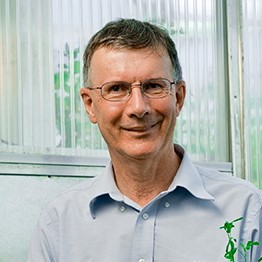Three new Associate Editors discuss their work, from fish morphology to the psychology of religion.
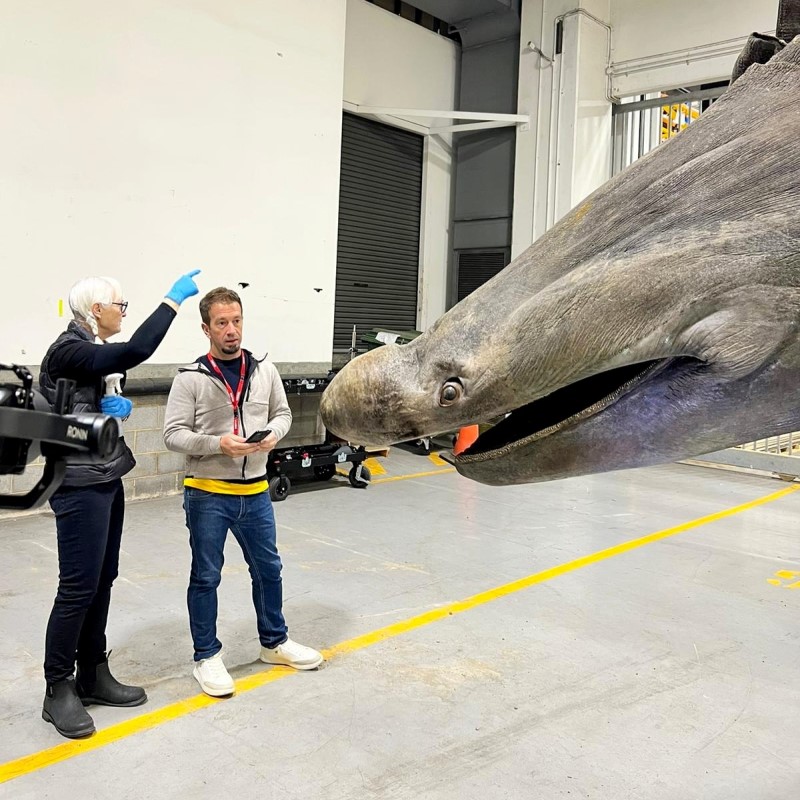
We are very pleased to welcome each new board member to Royal Society Open Science this year. Here, we hear from three new recruits across the journal’s sections of Computer Science and Artificial Intelligence, Psychology and Cognitive Neuroscience, and Organismal and Evolutionary Biology.
Laura Alessandretti – Computational Social Science and Complexity
What underlying factors shape our 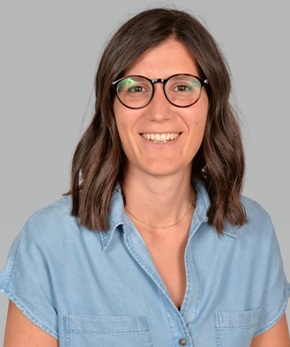 interactions with people, places, and technology? My research delves into diverse aspects of human behaviour - from the way we move, to how we maintain social networks and use smartphones. To this end, I leverage massive datasets of digital traces from smartphones and social media, using computational and analytical approaches from Computational Social Science and Complex Systems.
interactions with people, places, and technology? My research delves into diverse aspects of human behaviour - from the way we move, to how we maintain social networks and use smartphones. To this end, I leverage massive datasets of digital traces from smartphones and social media, using computational and analytical approaches from Computational Social Science and Complex Systems.
On the one hand, I explore fundamental aspects of human behavior – for example the decision-making processes underlying exploration/exploitation trade-offs, the strategies involved in navigation, how different constraints shape movement patterns, and how we achieve social coordination. On the other hand, my work addresses questions of societal interest, including: What makes transportation systems equitable and accessible? What makes cities more walkable? How does exposure to air pollution impact physical well-being?
As a newly appointed associate editor at Royal Society Open Science, I am excited about the opportunity to foster transparent and high-quality research in the interdisciplinary fields of Computational Social Science and Complexity.
Mason Dean – Morphology, biomechanics and biomaterials
The adage “There are many fish in the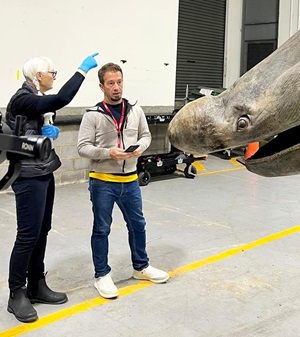 sea” is, with respect to animal diversity, quite true. Of the ~40,000 species of vertebrates (animals with backbones), more than 50% are fish. Fish occupy almost every body of water on the planet (from tropical to polar seas and all freshwater habitats) and are exceptionally diverse in diet, anatomy and ecology. In our research workgroup at City University of Hong Kong, this huge variation of form and function offers a backdrop for studying how animal tissues grow, vary and evolve, adapting to conditions and challenges. Our workgroup combines engineering and biology approaches to study the development and mechanics of skeletons, in particular how tissue materials and architecture interact. Moreover, through studying form-function relationships in animal tissues, I get to combine my training in zoology and comparative anatomy and biological materials with my interests in illustration and 3D digital visualization, which also make for fun collaboration points with engineers, architects and designers (e.g. our recent compendium of tessellations in nature) . By cataloguing the natural diversity of tissue form and composition within the frames of ecology (where and how the animal lives) and evolution (species’ relationships), we’re working to make sense of the mosaic of animal morphology and performance, and to decode the factors driving how tissues adapt —in short and long time-scales— to solve new problems.
sea” is, with respect to animal diversity, quite true. Of the ~40,000 species of vertebrates (animals with backbones), more than 50% are fish. Fish occupy almost every body of water on the planet (from tropical to polar seas and all freshwater habitats) and are exceptionally diverse in diet, anatomy and ecology. In our research workgroup at City University of Hong Kong, this huge variation of form and function offers a backdrop for studying how animal tissues grow, vary and evolve, adapting to conditions and challenges. Our workgroup combines engineering and biology approaches to study the development and mechanics of skeletons, in particular how tissue materials and architecture interact. Moreover, through studying form-function relationships in animal tissues, I get to combine my training in zoology and comparative anatomy and biological materials with my interests in illustration and 3D digital visualization, which also make for fun collaboration points with engineers, architects and designers (e.g. our recent compendium of tessellations in nature) . By cataloguing the natural diversity of tissue form and composition within the frames of ecology (where and how the animal lives) and evolution (species’ relationships), we’re working to make sense of the mosaic of animal morphology and performance, and to decode the factors driving how tissues adapt —in short and long time-scales— to solve new problems.
I’m excited to be a part of the editorial board of Royal Society Open Science, supporting open and forward-thinking research - I look forward to helping authors share their work and push great science forward!
Photo credit is to Aurora Li. Diane Bray and I working with their crazy basking shark specimen at Museums Victoria.
Sarah Demmrich – Psychology, culture and religion
How do religion, religiosity, and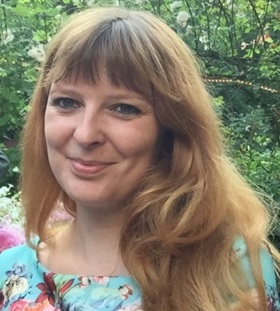 surrounding culture influence the human mind and behavior? This central question lies at the heart of my research fields: psychology of religion and cultural psychology. Although many studies in this field predominantly focus on Christianity and Western countries of the northern hemisphere, my research mostly explores (ir)religiosity beyond the scope of Christianity.
surrounding culture influence the human mind and behavior? This central question lies at the heart of my research fields: psychology of religion and cultural psychology. Although many studies in this field predominantly focus on Christianity and Western countries of the northern hemisphere, my research mostly explores (ir)religiosity beyond the scope of Christianity.
In recent years, my studies have included primarily Muslim individuals, both within Muslim-majority countries (especially Turkey) and within the contexts of migration, particularly Germany. My emphasis lies on exploring the positive social aspects of Muslim religiosity, including its role in promoting openness towards others, xenosophia (the acceptance of foreign cultures), and non-aggression. Additionally, I investigate the negative social aspects of religiosity, aiming to understand the circumstances under which fundamentalism and further radicalization develop.
I feel honored to have been invited to serve the board of editors for Royal Society Open Science. I highly value the journal's commitment to non-discrimination and transparency, which resonates with my own principles. As a newly appointed associate editor, I am excited about the opportunity to encourage and inspire high-quality and impactful contributions in the fields of psychology of religion and culture.
Image credit: Eyyüp KaboÄŸan
Visit the Royal Society Open Science website for more information on the journal and how to submit your research.


